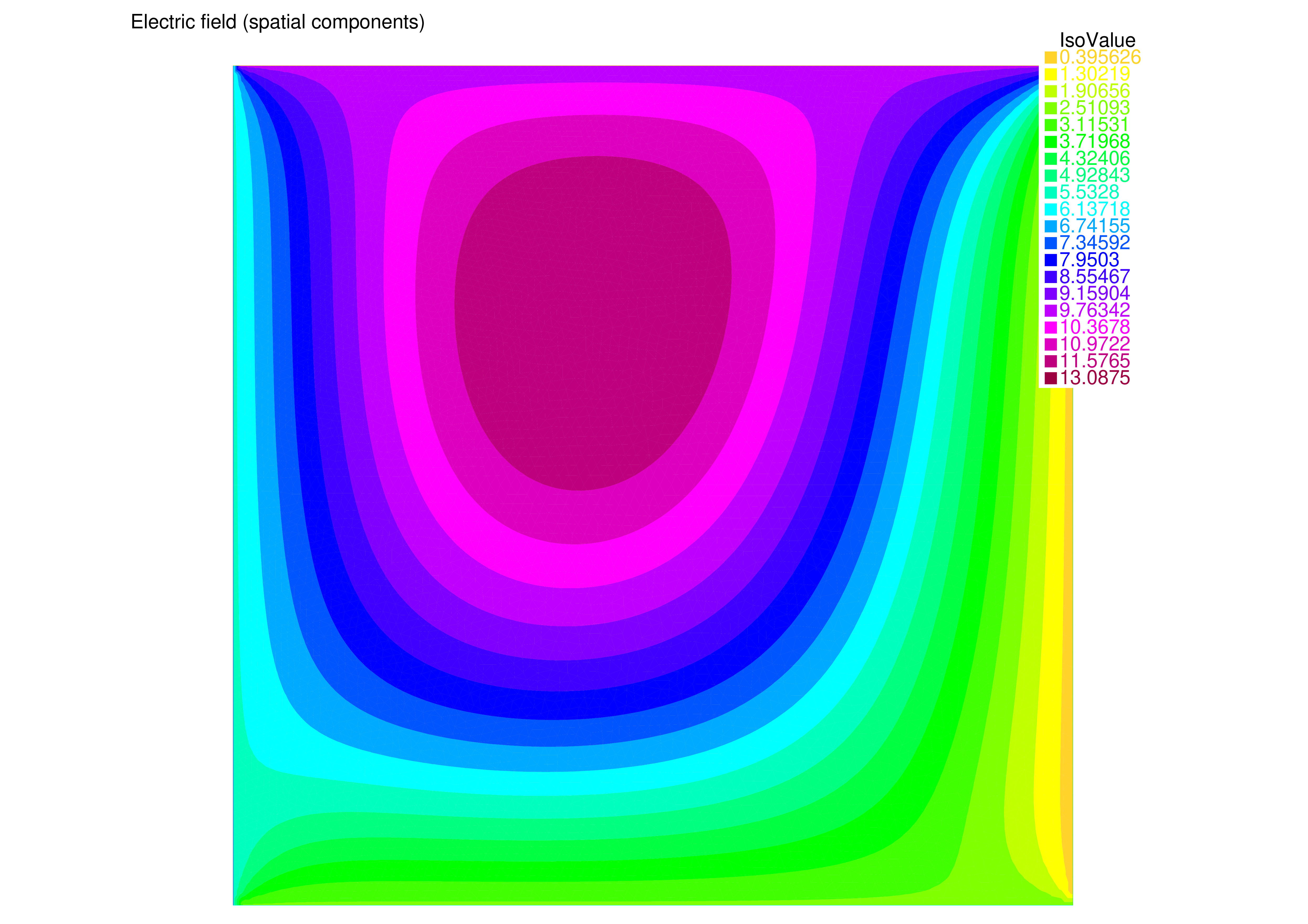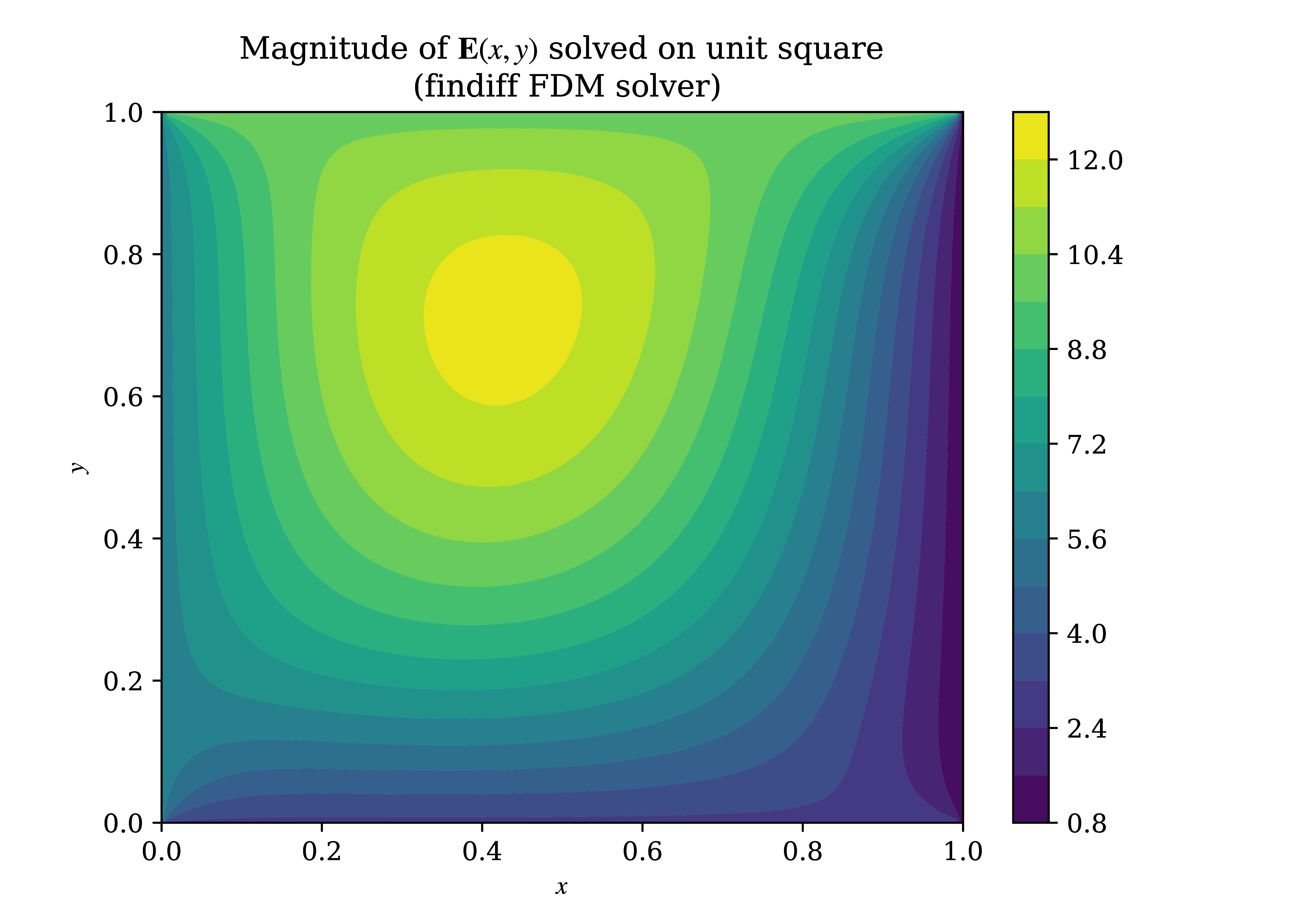  |
|
|
Abstract
Project Elara is a nonprofit dedicated to creating an unlimited-energy peaceful future over the course of many, many lifetimes. Scientific research is an essential component of the project and the basis of its technological work. In ensuring the full benefits of the research is realized, the project publishes all results and tools openly and works on a nonprofit basis—all work within the Project is dedicated to the public domain. This technical overview details the present research conducted by the Project.
Project Elara (“hope”) aims to conduct research and eventually development of advanced technologies that we envision will bring about a better future. Our priority research is in the realm of space-based energy harvesting with large-scale solar power swarms. Achieving this capability, if done carefully and correctly, would provide a stable, lasting energy source orders of magnitude more powerful than any contemporary or near-future capabilities. Such a system opens the doorway to engineering and construction on a stellar scale, including mass interplanetary travel, powering space habitats, and even possibly the propulsion of interstellar lightsail arks. More importantly, it allows for the possibility of a truly peaceful and equitable future.
The development of such a system is not solely for the purpose of space-based power. Various near-term technologies would also be greatly benefitted by the successful development of this technology. To simply name a few, the benefits could include improved internet as well as greater power equity and accessibility for rural communities and developing nations, improved satellite communications, improvements in laser surgery, high-precision optics for science experiments such as gravitational wave interferometry, and improvements in inertial confinement fusion.
However, it is no doubt that such an undertaking must begin with small initial steps and will require countless contributions over generations. Thus the present work of the Project is incremental and small-scale, with the hope of achieving more with time. We are focused on several key technologies that are critical to making space power swarms a possibility: high-gain extremely-long-distance microwave transmission, persistent space-ground communication, and safe wireless power transfer at high power. These are the areas of our immediate computational research.
Our first research milestone is to achieve accurate theoretical and computational modelling of long-distance power transmission. Both analytical and numerical methods are used for analyzing electromagnetic energy transport, and to investigate how high-gain, all-weather transmission may be achieved, with specific emphasis on precision line-of-sight transmission.
Initial research has produced a proof-of-concept model that has been used in computational electromagnetics simulations. These simulations use finite-element methods to obtain numerical solutions to the Helmholtz equation \(\nabla^2 \textbf{E} + k^2 \textbf{E} = 0\), and finite-difference methods to perform validation testing. While the model is proof-of-concept and experimental, it represents a key breakthrough and a stepping stone towards a complete, consistent, research-ready solver.
Prospective research consists of the refinement of this model to produce an improved model ready for producing publication-quality results. The improved model is expected to take into account effects that were previously ignored, such as atmospheric attenuation via the ITU-R P.676-13 model and transmission from a moving orbital platform via numerical integration with a hybrid GOCE6-GGM03-EGM2008 model. Furthermore, unlike the proof-of-concept model, the improved model will be a multiphysics model that integrates more (eventually, all) aspects of the system.
More computational simulations will allow fine-tuning the design of the concept space swarm and in turn be used to make more accurate simulations of the system. This iterative process is expected to continue for a significant portion of time, until sufficient computational testing has yielded a highly-detailed design that can be built into functional prototypes. Artificial vacuum testing and atmospheric testing is then expected to progress, with a further test-design-simulation cycle to continue adding refinements. This process is expected to continue until design finalization.
Given its ambitious aims, the Project is not meant to be a short-term project, but one that will span across generations. The longevity of the Project is safeguarded by its open-source nature. All published documentation of the Project is freely available online, and eventually, is projected to be made available, again at no cost, in book form. The loss of the project organization or of its team would not constitute the end of the Project. The project is deliberately designed such that it can be picked up and continued at any point from its encyclopedic handbook, as well as further books that contain fully-commented source code, design specifications, and blueprints. As mentioned, all of its books and documentation are fully dedicated to the public domain.
The team consists of co-researchers Emilliano Vilchis, Arnar Arnarsson, and Nicholas Schnorbus, general advisor Charles Wang, engineering advisor Milo Schnack, and physics advisor Luke Monteiro, with support from Professor Peter Persans, Professor Trevor Rhone, and Professor Heidi Newberg at Rensselaer Polytechnic. We welcome anyone to join and have a Discord channel as well as informal meetings for discussions. There is no bar to entry, nor any necessary qualifications required.
The project website at https://elaraproject.github.io/ and GitHub at https://github.com/elaraproject provide more information about the project and an opportunity for anyone interested to learn more. Reach out at elaraproject@gmail.com for official inquiries. We would also be glad to take meeting requests, virtual or in-person.